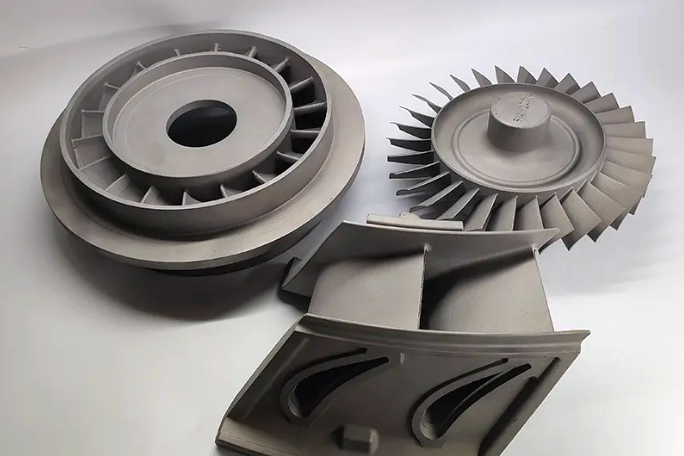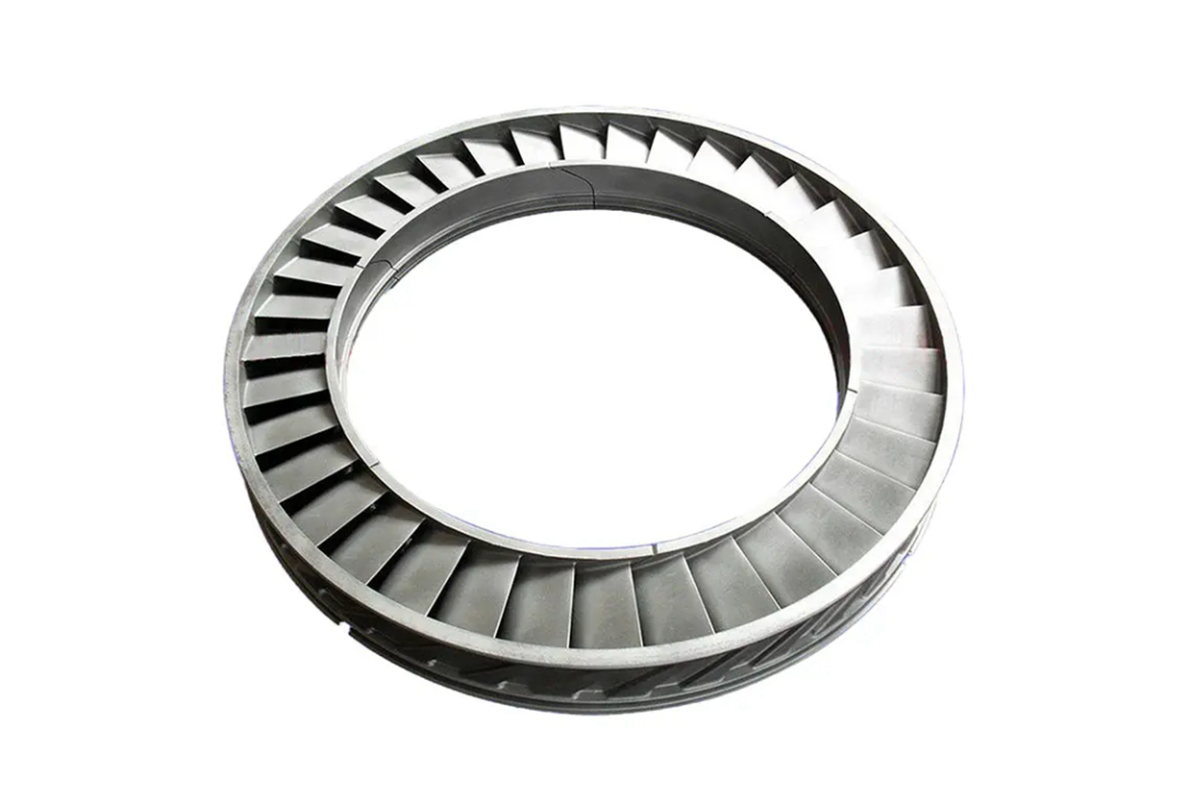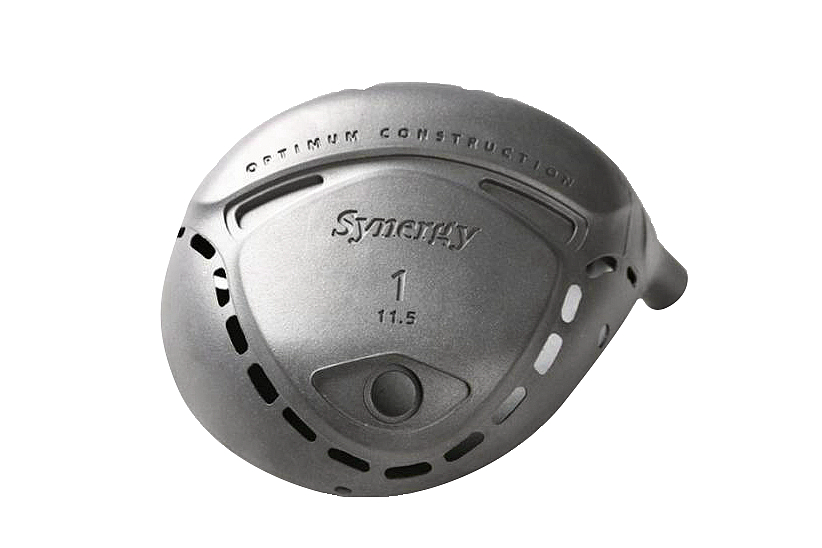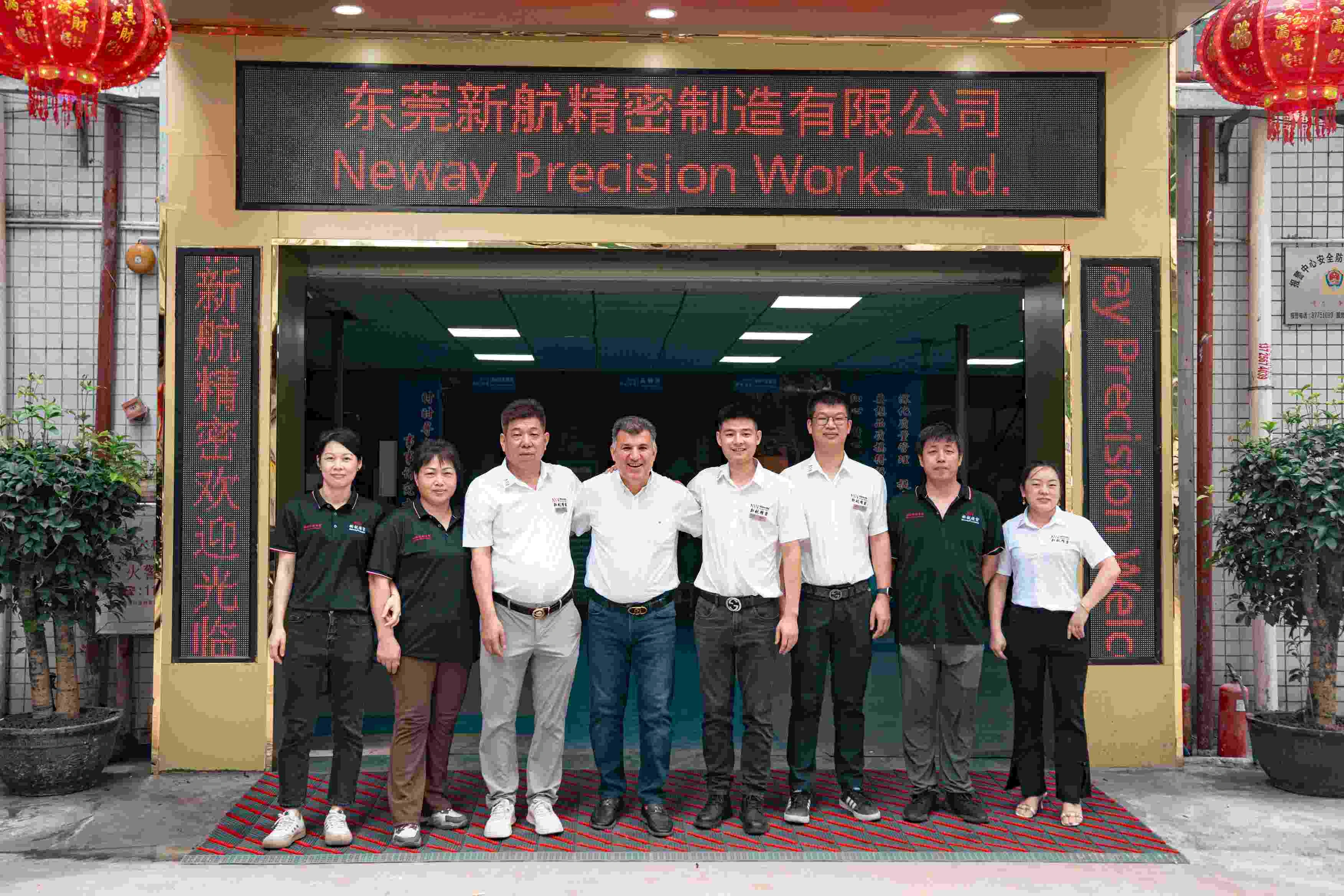Typical Metal Materials and Performance Analysis for Equiaxed Crystal Casting
Introduction
In the evolving landscape of modern manufacturing, the demand for high-performance components continues to grow, driven by advancements in aerospace, power generation, nuclear energy, and hydrogen technology. Within this trend, equiaxed crystal casting plays a vital role, offering an optimized balance between structural uniformity and cost-efficiency.
As an engineer working closely with advanced casting technologies, I have observed that material selection remains one of the most decisive factors in the success of equiaxed casting applications. The right alloy can mean the difference between a part that merely functions and one that delivers exceptional reliability in extreme conditions.
This blog will explore the typical metals best suited for equiaxed crystal casting, providing a detailed performance analysis grounded in both laboratory results and real-world applications.
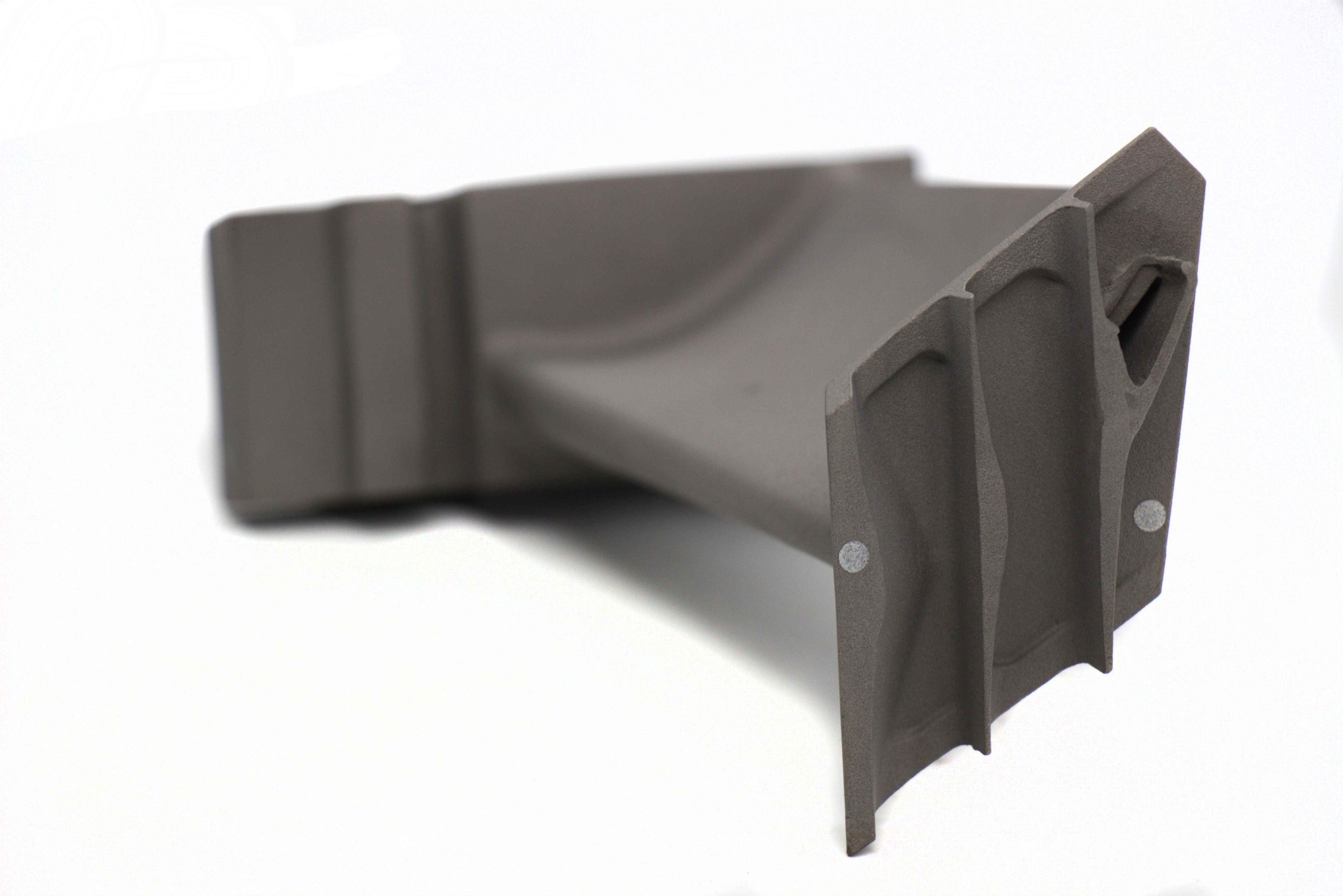
Understanding Equiaxed Crystal Casting
At its core, equiaxed crystal casting is a precision technique where the goal is to produce castings with a uniform grain structure—grains growing in random orientations rather than along a specific axis. This method results in components with balanced mechanical properties in all directions, particularly desirable for parts subjected to complex loads or thermal cycling.
When compared to directional solidification or single crystal casting, equiaxed crystal casting offers a more economical route for components where extreme creep resistance or directional strength is not a strict requirement. Recent advancements in vacuum investment casting, such as those detailed at Vacuum Investment Casting, have further elevated the capability of equiaxed crystal casting by reducing impurity levels and improving surface finish.
The adoption of equiaxed crystal casting is accelerating in global industries. According to recent market analyses, demand for high-integrity equiaxed castings in turbine engines and nuclear energy systems is projected to grow by 6.2% annually through 2027.
Classifying Applicable Metal Materials
Material selection for equiaxed crystal casting follows a logical structure based on alloy systems. Typically, these categories dominate the landscape:
Nickel-based superalloys
Cobalt-based alloys
Iron-based heat-resistant alloys
Titanium alloys
Specialty steels
Each material brings its own strengths and casting characteristics. The following sections will explore them in depth, drawing from both scientific data and manufacturing experience.
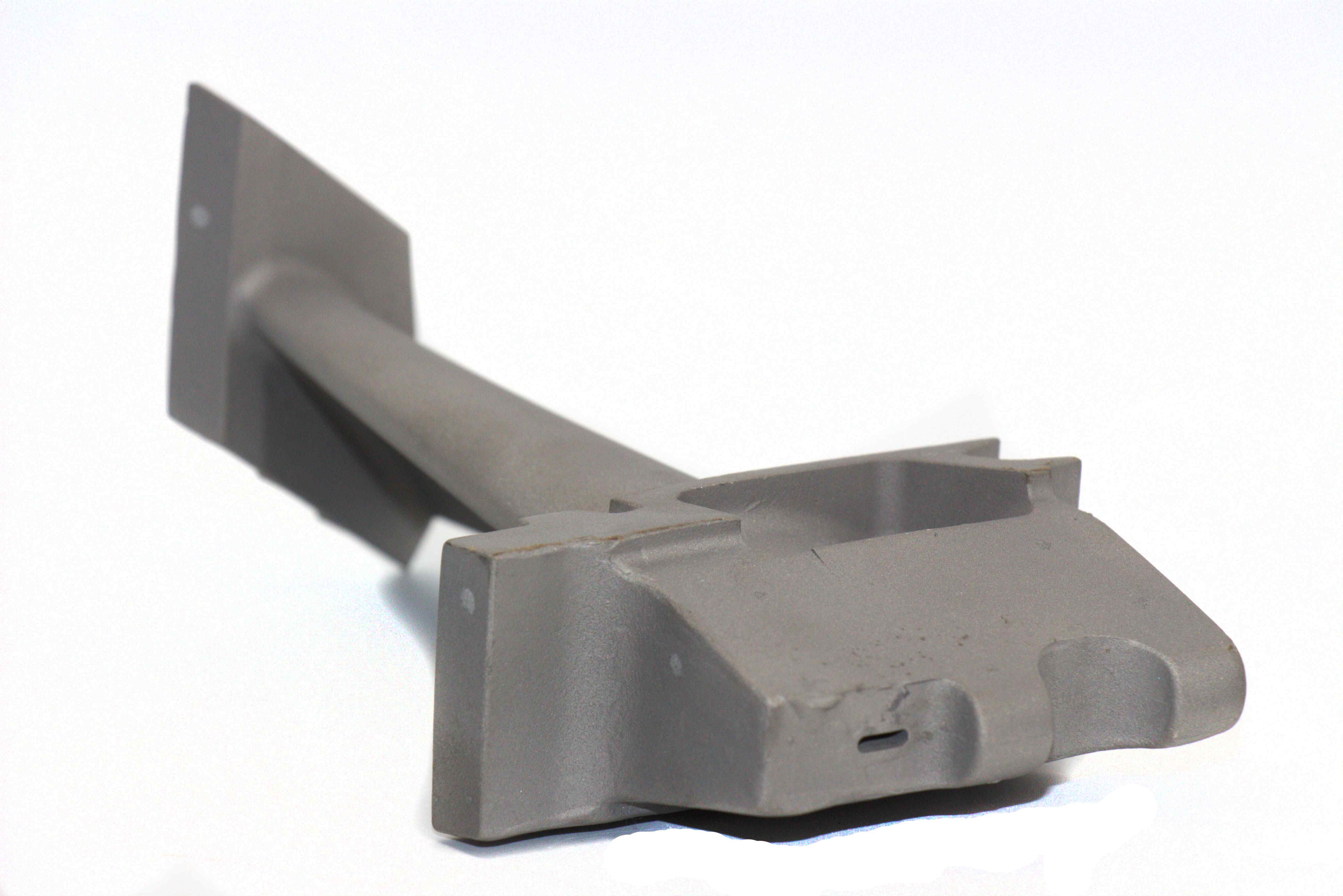
Performance Analysis of Typical Materials
Nickel-based Superalloys
Nickel-based superalloys are the undisputed champions for high-temperature applications. Among them, Inconel 713, Inconel 738, and Inconel 939 are frequently chosen for equiaxed crystal casting.
Their allure lies in the ability to retain mechanical strength and oxidation resistance at elevated temperatures ranging from 800°C to 1100°C. These alloys achieve such performance through complex chemistries, typically including chromium, cobalt, molybdenum, and aluminum-titanium for gamma prime strengthening.
However, nickel alloys are not without their casting challenges. High segregation tendencies require precise thermal control and optimized mold materials, as implemented in vacuum casting processes such as Inconel 713 and Inconel 939.
Common applications include gas turbine blades, vanes, combustor liners, and turbocharger housings, where both fatigue resistance and corrosion resistance are critical.
Cobalt-based Alloys
Cobalt-based alloys, such as Stellite 6, Stellite 12, and Stellite 21, bring exceptional wear and corrosion resistance to the table. While their high melting points make them more challenging to cast, equiaxed crystal structures improve their isotropic mechanical behavior.
The defining feature of cobalt alloys is their excellent hot hardness, maintaining strength and wear resistance at temperatures from 500°C to 900°C. This makes them highly attractive for valve seats, cutting tools, and hot gas path components.
Precision vacuum casting services, such as those found at Stellite 6, allow manufacturers to overcome porosity challenges and achieve superior surface integrity.
Iron-based Heat-resistant Alloys
For cost-sensitive applications, iron-based alloys like 316L stainless steel and precipitation-hardened 17-4PH provide a compelling solution. These materials exhibit excellent corrosion resistance and sufficient mechanical strength for moderate temperature environments, typically up to 600°C.
From an engineering perspective, their ease of casting and post-process machinability is a significant advantage. Common applications include pump housings, structural brackets, and support components in chemical plants and marine environments.
316L stainless steel parts benefit from fine-grain structures in vacuum casting, available via 316L stainless steel 3D printing, while 17-4PH components undergo aging treatments to boost strength.
Titanium Alloys
Titanium alloys, led by Ti-6Al-4V and its medical-grade ELI variant, offer unmatched strength-to-weight ratios and corrosion resistance. These characteristics make titanium alloys indispensable for aerospace components, particularly where weight reduction is paramount.
Casting titanium presents challenges due to its high reactivity with oxygen, nitrogen, and hydrogen. Modern vacuum investment casting, combined with post-casting hot isostatic pressing, has greatly mitigated these concerns, as documented in solutions like Ti-6Al-4V.
In addition to aerospace structures, titanium castings find applications in turbocharger wheels and biomedical implants, where both biocompatibility and fatigue life are critical.
Specialty Steels
Beyond traditional stainless grades, specialty steels such as superaustenitic and super duplex stainless steels bring unique combinations of high-temperature corrosion resistance and mechanical integrity. These alloys are tailored for extreme environments in chemical processing, oil and gas, and marine industries.
Their casting adaptability is enhanced by modern mold designs and process control, available through services like Special Alloy Casting.
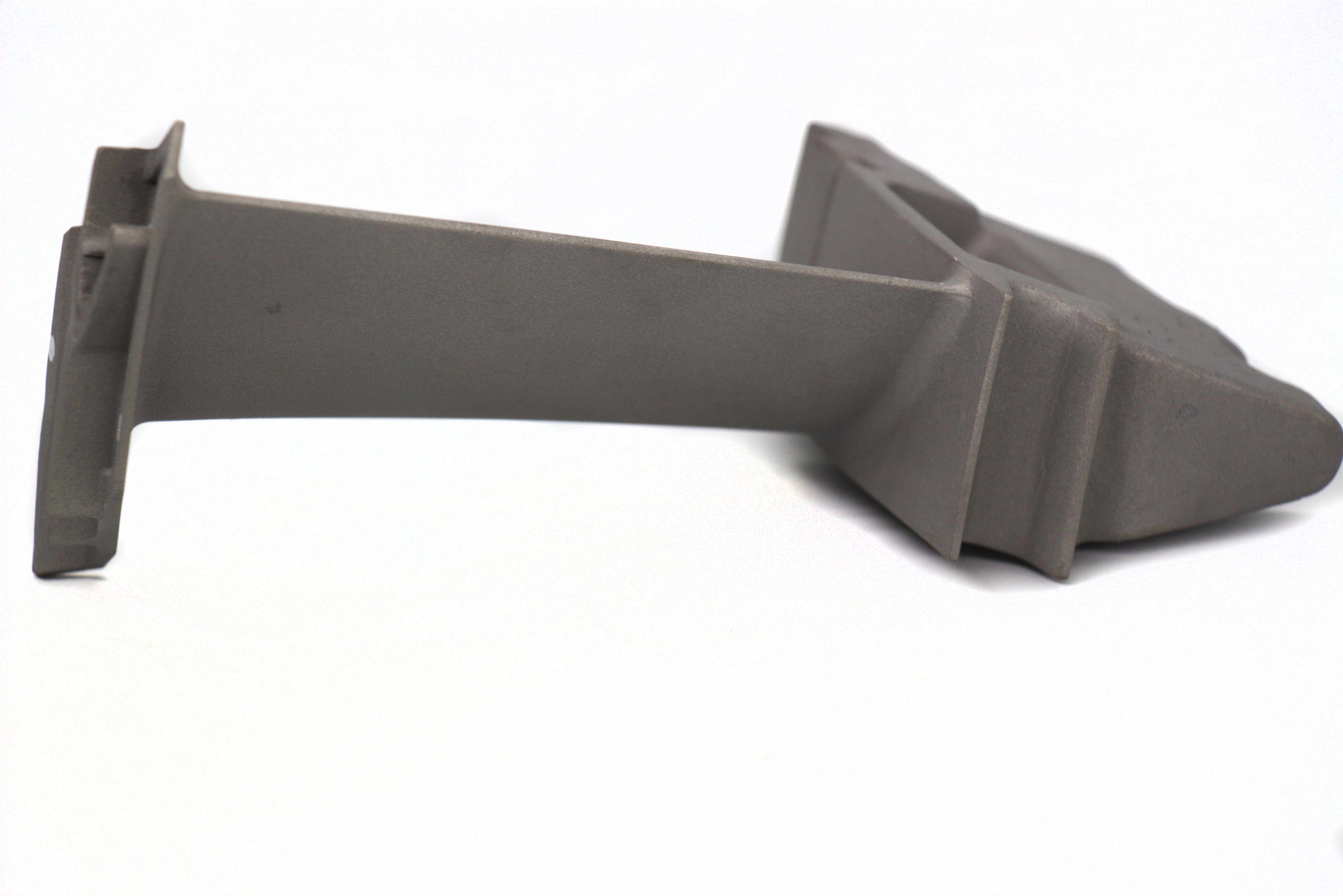
Alloy Category | Typical Alloys | Operating Temperature Range | Key Strengths | Common Applications |
|---|---|---|---|---|
Nickel-based Superalloys | Inconel 713, 738, 939 | 800°C - 1100°C | High strength, oxidation resistance | Turbine blades, combustor liners |
Cobalt-based Alloys | Stellite 6, 12, 21 | 500°C - 900°C | Wear resistance, hot hardness | Valve seats, hot gas path components |
Iron-based Alloys | 316L, 17-4PH | Up to 600°C | Corrosion resistance, low cost | Pump housings, structural brackets |
Titanium Alloys | Ti-6Al-4V, Ti-6Al-4V ELI | Up to 600°C | Strength-to-weight, corrosion resistance | Aerospace structures, turbocharger wheels |
Specialty Steels | Super austenitic, Super duplex | Up to 650°C | Corrosion + mechanical integrity | Chemical processing, oil & gas equipment |
Optimizing Material Selection in Real-world Applications
Material selection for equiaxed crystal casting is both a science and an art. As engineers, we rarely choose alloys based on a single property. Instead, we must weigh an intricate balance of casting behavior, mechanical performance, corrosion resistance, manufacturability, and total life-cycle cost.
Let’s take aerospace turbine housings as an example. In this case, Inconel 738 or Inconel 939 are typically favored for their sustained strength and oxidation resistance at temperatures approaching 1000°C. The equiaxed casting route allows these alloys to be produced with optimized grain structure for fatigue resistance, while keeping costs competitive compared to directional or single crystal casting. Services such as Inconel 738 components have enabled the efficient production of these critical parts.
By contrast, in chemical processing pumps where chloride-induced corrosion is a primary concern, superaustenitic stainless steels or high-molybdenum duplex grades may be superior. These alloys exhibit excellent corrosion performance while still being highly castable through advanced processes such as Special Alloy Casting.
I have also worked on projects in the emerging hydrogen energy sector, where titanium alloys are gaining popularity for compressor components due to their hydrogen embrittlement resistance. The vacuum casting of alloys like Ti-6Al-4V, followed by stringent heat treatment, ensures long service life even in aggressive gas environments.
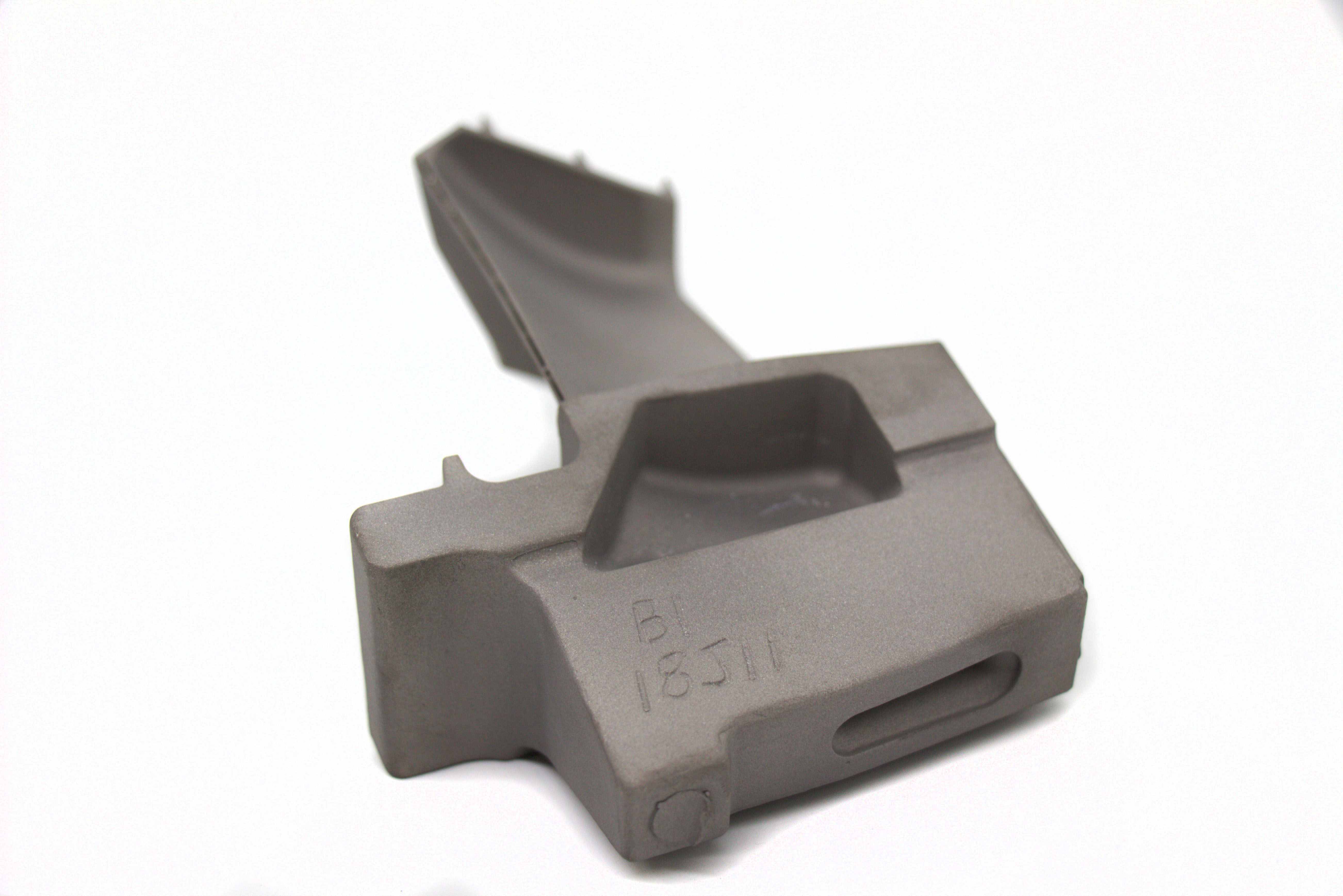
Enhancing Performance with Post-processing
In modern manufacturing practice, it is rare to rely solely on as-cast properties. Post-processing treatments play a critical role in elevating component performance.
One of the most effective methods is Hot Isostatic Pressing (HIP), which significantly reduces internal porosity and homogenizes microstructures. Many equiaxed cast components benefit from HIP services, such as those described at Hot Isostatic Pressing (HIP). This is particularly beneficial for turbine blades and structural parts subjected to cyclic thermal and mechanical loads.
Heat treatment is another indispensable step. Through precise control of solution treatment, aging, or annealing cycles, we can tailor mechanical properties to specific application needs. Whether it’s enhancing creep strength in Inconel superalloys or optimizing toughness in stainless steels, advanced services like Heat Treatment provide the necessary control.
Sustainability Considerations in Material Selection
In today’s industry, sustainability is no longer optional—it’s becoming an engineering mandate.
One of the strengths of equiaxed crystal casting is its compatibility with circular material usage. Many of the alloys discussed, particularly nickel-based and cobalt-based superalloys, are highly recyclable. Closed-loop casting systems are increasingly adopted in aerospace and energy sectors, where scrap materials are carefully reprocessed to maintain alloy integrity.
Additionally, modern casting facilities emphasize minimizing the environmental footprint. For example, low-emission melting processes and reusable ceramic shell systems in Vacuum Investment Casting significantly reduce waste and energy consumption.
Trends and Future Developments
As we look to the future, several key trends will reshape the material landscape for equiaxed crystal casting.
High-entropy Alloys
High-entropy alloys (HEAs), with their complex multi-principal element compositions, promise unprecedented combinations of strength, ductility, and corrosion resistance. Researchers are actively exploring the casting behavior of HEAs, although challenges remain in achieving uniform grain structures and avoiding segregation.
Powder Metallurgy + Casting Hybrids
There is growing interest in hybrid approaches, where near-net-shape equiaxed castings are combined with powder metallurgy overlays to enhance surface properties or add localized reinforcement. The aerospace industry is leading the adoption of such techniques for turbine engine components.
AI-driven Alloy and Process Optimization
Machine learning is increasingly being used to model casting solidification and predict defect formation. AI-driven tools enable engineers to optimize alloy composition and process parameters for specific component geometries, accelerating both development cycles and performance outcomes.
Digital Twins and Smart Casting
The concept of a digital twin—where a virtual replica of the casting process and component performance is maintained throughout its lifecycle—is being deployed in high-end manufacturing. This allows predictive maintenance and performance optimization based on real-world operational data.
Advanced equiaxed casting shops are already integrating sensors and process monitoring into their foundry operations, linking physical and digital domains in a continuous improvement loop.
Final Thoughts and Recommendations
From my perspective as an engineer working in advanced manufacturing, the selection of metal materials for equiaxed crystal casting is a decision of strategic importance.
It requires a deep understanding of not only the material’s intrinsic properties but also its behavior during casting, the effects of post-processing, and its total cost-performance ratio across the component’s intended lifecycle.
Here are a few key recommendations:
Always consider both as-cast and post-processed properties when comparing candidate alloys.
Leverage modern vacuum casting and post-treatment technologies to unlock the full potential of demanding alloys such as nickel and titanium-based systems.
Factor in sustainability and recyclability when selecting materials for industries facing strict environmental regulations.
Stay abreast of emerging alloy systems and AI-driven design tools, which are poised to redefine material performance envelopes.
As global industries push toward ever more demanding applications, the role of equiaxed crystal casting will continue to grow. It offers an elegant combination of metallurgical performance, cost-efficiency, and manufacturing flexibility—an indispensable tool in the engineer’s arsenal.
FAQs
What are the most commonly used nickel-based alloys for equiaxed crystal casting?
How does post-processing improve the performance of equiaxed cast components?
What are the casting challenges associated with titanium alloys?
What industries benefit most from equiaxed crystal castings?
What future materials trends are impacting equiaxed crystal casting?
